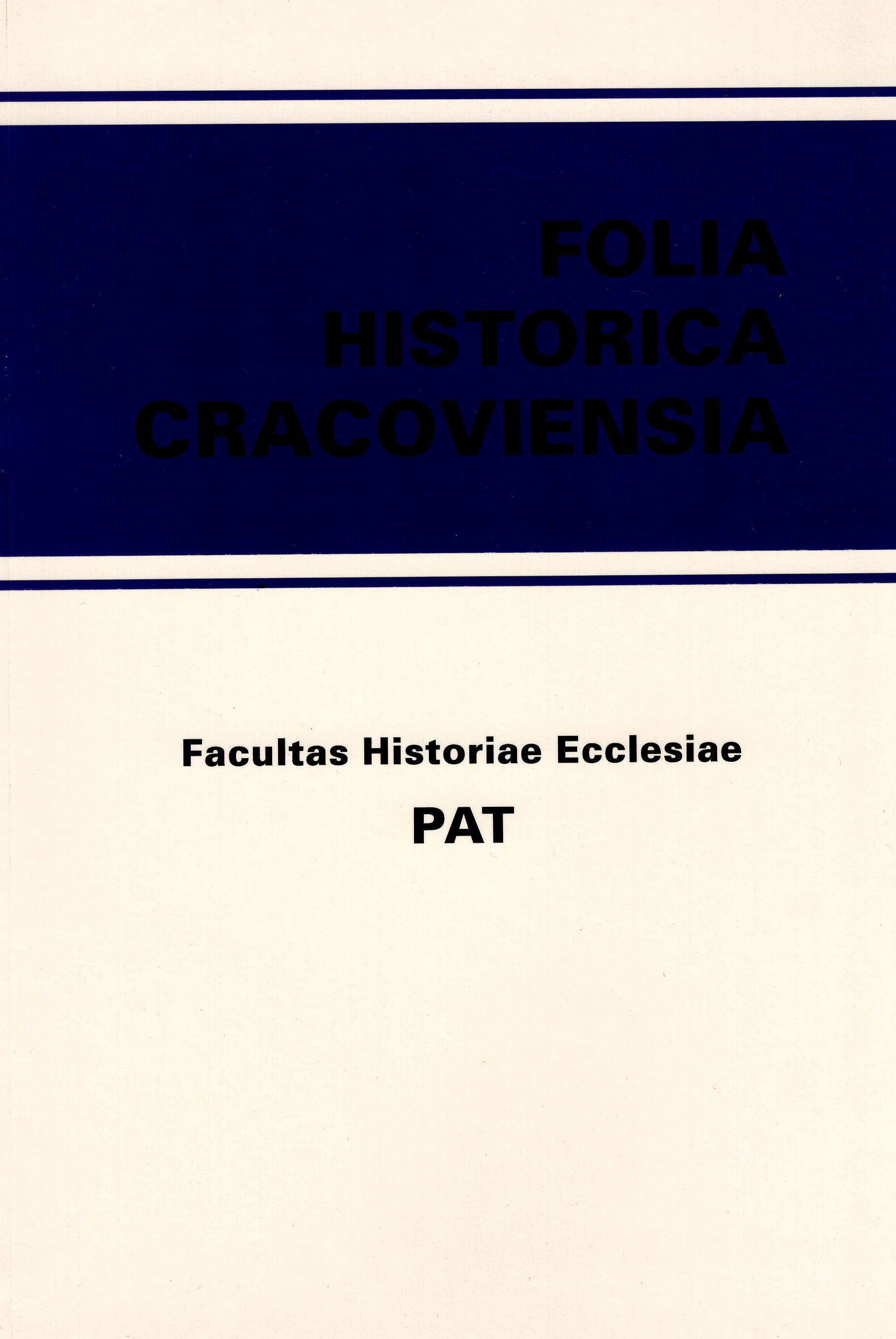Name Stanislaus (Stanisław) in Slavic Onomastic Tradition
DOI:
https://doi.org/10.15633/fhc.1276Keywords:
Slavic Onomastic Tradition, name, saint, bishop, martyr, Stanisław ze SzczepanowaAbstract
St. Stanislaus, bishop and martyr, is one of the few saints of the Church bearing a traditional Slavic name. It belongs to an Indo-European Anthroponomastic system as a compound name whose components represent a pattern inherited from the period of the Indo-European community. This is a fortune-telling name (a nomen-omen) given to a child on a wish of the parents, who wanted him to be famous (Polish ‘slawa’ means ‘fame’)- Today, in our Christian culture, in choosing a name for the child we considerthe following: 1) the child ‘brought’ his/her name (i.e. is given the name of the day’s patron; this is the gist of our ‘nameday’), 2) a family tradition, 3) respect for the grandfather or father (grandmother, mother), 4) fashion. Today’s anthroponomastic system in Slavic languages (except Bulgarian) has grown cold leaving us unable to acquire precise understanding of the meaning of the name. Besides, nowadays names only denote, they
do not mean anything. Compound Slavic names refer in their structure to names from other groups of the Indo-European community and are closely linked with a nation’s spiritual culture and appropriate ultimate and instrumental values. In Indo-European languages a different number of lexical components is used in names as their first or second part: in Old Indian - 865; in Old Persian and Median - 43; in Greek - 1015; in the Celtic group - 336; the German one - 1800 and in the Slavic group - 220. The most numerous in Old Polish anthroponomastics were names with the component slaw. As the first component - slaw appears in 4 names, and as the second, in 100. This component has appeared from times immemorial in Indian, Avestan, Greek and Illyrian names. Name Stanislaus is known in all Slavic countries, while its feminine form only in Polish, Bulgarian, Serb and Croatian. In Poland it has been in use since very old times up to now. Numerous surnames and names of places derive from it. The popularity of the name waned slightly in the 19th century, but it has never come into disuse as was the case with many Slavic names, which were ‘dug out’ in the 19th century, and not infrequently, erroneously read. A great number of Indo-European names with the component - ‘slaw’ testifies to the fact that people who bore that name always wanted to be the bearers offame, good fame that is, such as St. Stanislaus, bishop and martyr, has enjoyed.
Downloads
Published
2024-05-07
Issue
Section
Articles
License
Copyright (c) 2016 Franciszek Sowa

This work is licensed under a Creative Commons Attribution-NonCommercial-NoDerivatives 3.0 Unported License.
Authors who publish with this journal agree to the following terms:
- Authors retain the copyright and full publishing rights without restrictions, and grant the journal right of first publication with the work simultaneously licensed under a Creative Commons Attribution 4.0 International License that allows others to share the work with an acknowledgement of the work's authorship and initial publication in this journal.
- Authors are able to enter into separate, additional contractual arrangements for the non-exclusive distribution of the journal's published version of the work (e.g., post it to an institutional repository or publish it in a book), with an acknowledgement of its initial publication in this journal.
- Authors are permitted and encouraged to post their work online (e.g., in institutional repositories or on their website) prior to and during the submission process, as it can lead to productive exchanges, as well as earlier and greater citation of published work (See The Effect of Open Access).

